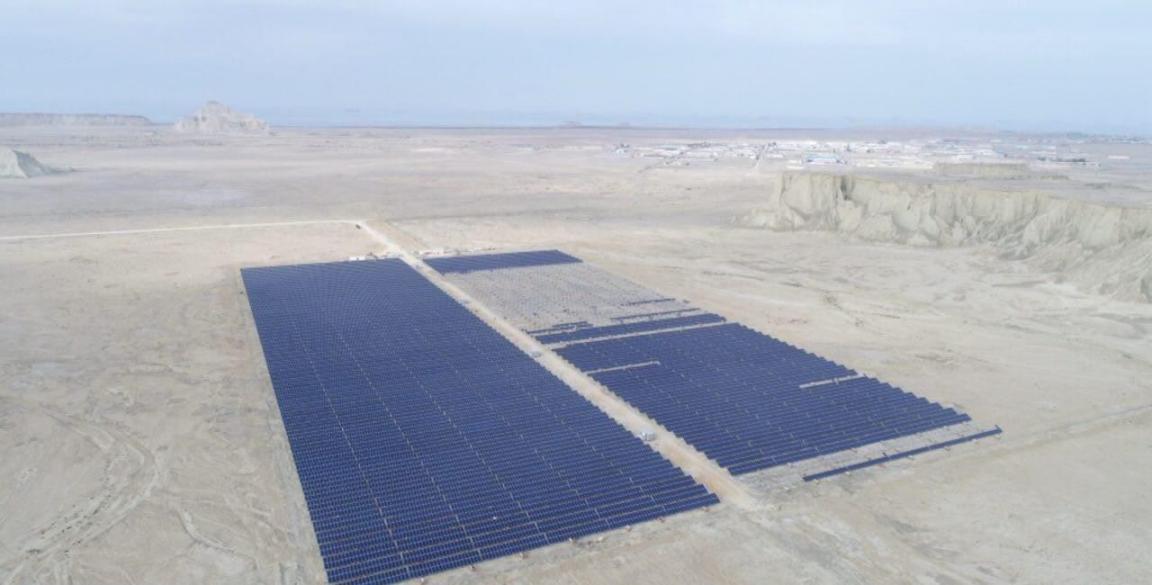Technological advances and an increased awareness of the dangers posed by climate change are driving the price of renewable energy down. A report published by the International Renewable Energy Agency (IRENA) indicates that the cost of renewables is falling at such a rapid rate that it will be a consistently cheaper electricity source than traditional fuels in only a few years’ time, posing a mounting threat to the fossil fuel industry, Power-Technology.com reported.
The IRENA report, titled "Renewable Power Generation Costs in 2017", found that solar and onshore wind are the cheapest energy sources, reporting that in 2017 wind turbine prices had an average cost of $0.06 per kilowatt-hour, though some schemes were $0.04 per kWh. The cost of solar photovoltaic (PV) had fallen to $0.10 per kWh. In comparison, electricity generation based on fossil fuels typically falls in a price range of $0.05 to $0.17 per kWh. Extensive investment and research into these renewable sources have caused prices to continue declining over the years. Between 2010 and 2017, the price of solar PV modules fell by almost three-quarters, while wind turbine prices dropped by half over the same period.
Prices are continuing to decline and a series of record-low auction prices for solar PV, concentrated solar power, onshore wind and offshore wind power were set in 2016-17. IRENA predicts that within the next two years, solar and wind projects will be able to deliver electricity for as little as $0.03 per kWh.
On the more costly end of renewable energy is tidal power, currently up to ten times more expensive than more established renewables such as wind and solar. Numerous tidal projects have been scrapped in recent years due to high costs, for example the Swansea Bay tidal lagoon in Wales. The UK government rejected plans for the £1.3billion project in January this year, deeming it too expensive compared to alternatives such as offshore wind farms and nuclear power.
The expense of tidal projects is predominantly due to the fact that the sector is still in the early stages of development, compared with wind and solar that have received far more investment and research to pull down costs and improve efficacy.
So far, government bodies have been the only ones to invest in the budding sector, while solar and wind have received support from individuals and smaller organizations.


